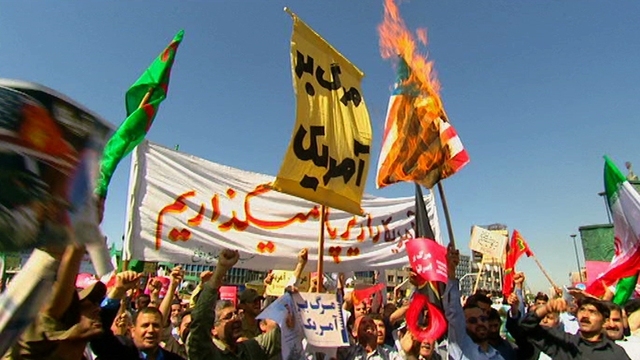Twitter Revolution
Digital dissent vs. bullets and batons - will the new technologies bring change in Iran?
 Twitter and Youtube are the main weapons used by Iranian dissenters in their protest against the regime. Digital dissent vs. bullets and batons - will the new technologies bring change in Iran?
Twitter and Youtube are the main weapons used by Iranian dissenters in their protest against the regime. Digital dissent vs. bullets and batons - will the new technologies bring change in Iran?
Young Neda Soltan lying in a pool of blood last month became the tragic icon of the uprising. Posted on Youtube, the footage shot from a mobile phone was seen by millions around the world. 'They locked up journalists but they didn't count on people with mobile phones and video cameras being able to get that information out', comments an Iranian expat. Networking sites like Twitter are used to keep the public informed on a minute-by-minute basis. In today's world, cyber-dissent has become a powerful weapon: 'It's given the government a kind of political auto-immune disease in which they have to attack their own infrastructure to shut the dissent down', says this Internet expert, 'No economy could sustain this long-term'. However, technology can backfire. The regime is now using 'deep-packet inspection' software that filters Internet data, to trace IP addresses and hunt down dissidents. Phone calls are also monitored. 'People who have spoken to any foreign media are contacted moments later' confirms a BBC reporter. Will this build up to a new Tiananmen? At least now, 'the world sees that the Iranian people want change and they want freedom!'
FULL SYNOPSIS

